Choosing the right replacement parts for your Eames Lounge Chair requires more than just finding a compatible fit....
different types of armchairs parts names
In the realm of furniture design, armchairs stand out as versatile pieces that offer both comfort and style. Understanding armchair parts names is essential for anyone involved in the manufacturing, buying, or designing process. Let's take a closer look at the various components that make up different types of armchairs:
Frame Components:
- Chair Base / Legs: These chair bases are the foundational supports of the armchair, crucial for stability and aesthetics. From classic tapered base legs to modern metal designs, leg or base styles vary across different types of armchairs.
Upholstery Elements:
- Seat Cushion: The cushioned part where you sit, often covered in fabric or leather. Armchair parts names might include terms like foam padding or spring support systems.
- Backrest: Provides support for your back, typically padded and upholstered for comfort.
Mechanical Features:
- Reclining Mechanism or swivel plate: Found in certain types of armchairs, allowing users to adjust the backrest and sometimes the footrest for personalized comfort.
- Swivel Base: Commonly seen in modern armchairs, enabling easy rotation for added convenience and functionality.
Decorative Accents:
By familiarizing yourself with these armchair parts names, you'll be better equipped to communicate your needs and preferences to manufacturers, buyers, or design firms. Whether you're looking for a classic armchair with traditional frame components or a contemporary piece with innovative features, understanding the terminology is key.
For manufacturers and design firms in Europe and America, mastering the language of armchair parts names not only facilitates smoother communication but also opens up opportunities for creative collaboration and innovation in the ever-evolving world of furniture design.
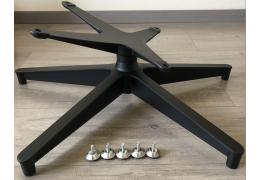
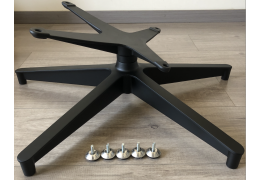


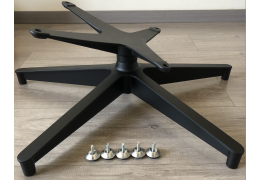

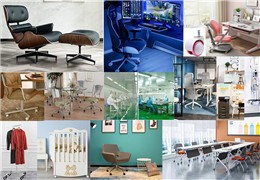

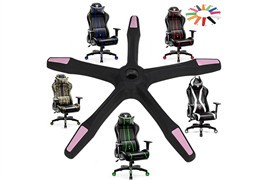
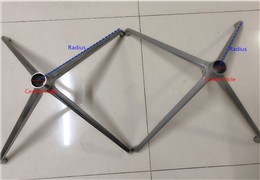


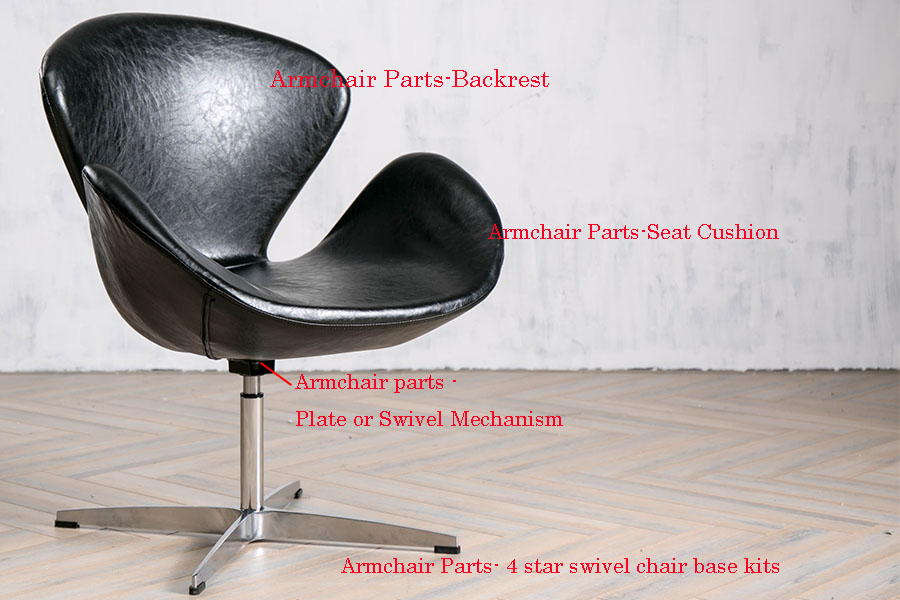
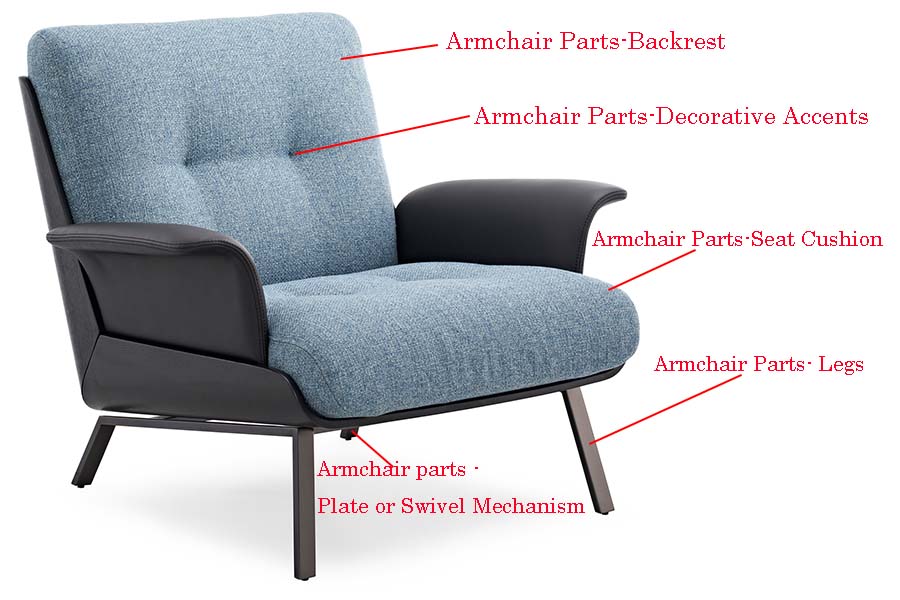

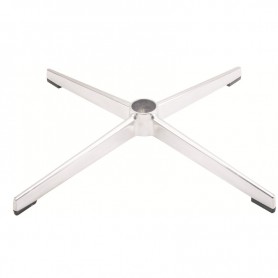

Latest comments